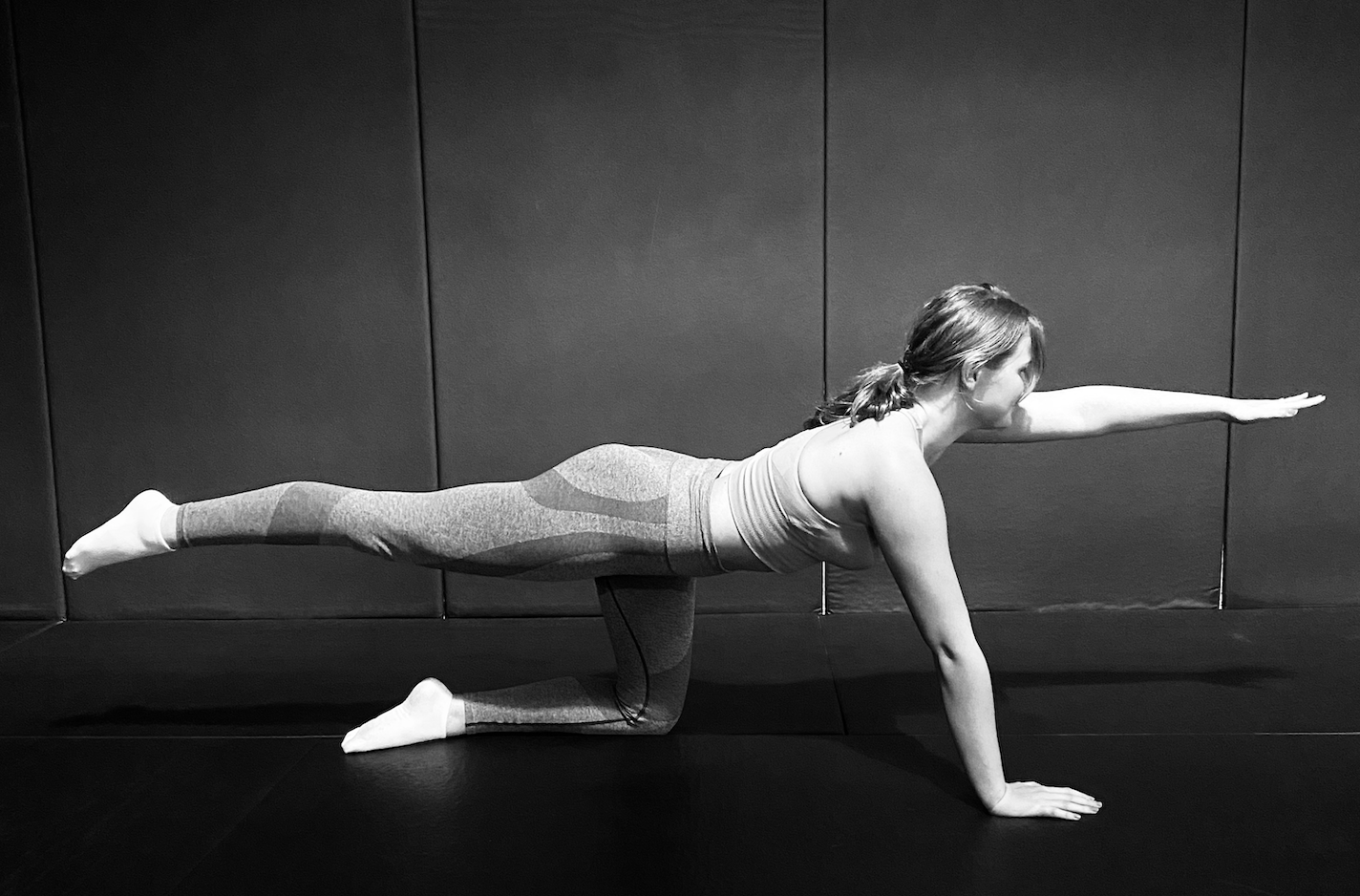
Performance Preparation - R.A.M.P
Time is valuable in the gym! The truth is…. you don’t need to spend 40 min foam rolling, stretching, trigger pointing and doing specific glute activation drill. A dynamic and comprehensive warm up can be complete in under 5 minute. It’s more valuable to use your time effective and optimally to train.
The aim of the warm-up is to prepare both mentally and physically for exercise or competition.21 Without the development of undue fatigue.
An important starting point in examining the optimal protocol of a warm up is to examine the rationale behind why we warm-up. A well designed warm-up can:
Increase muscle temperature
Core temperature, blood flow26, and
Disrupt transient connective tissue bonds.13
These effects can have the following positive effects on performance:
Faster muscle contraction and relaxation of both agonist and antagonist muscles.21
Improvements in rate of force development and reaction time.1
Improvements in muscle strength and power.5,13
Lowered viscous resistance in muscles.13
Improved oxygen delivery due to the Bohr effect where higher temperatures facilitate oxygen release from haemoglobin and myoglobin.26
Increased blood flow to active muscles.26
Enhanced metabolic reactions.13

Back to Basics
Before we look at each of the recommended core stability exercises, it’s important to understand the difference between flexibility and mobility!
Flexibility is the ability of a muscle or muscle groups to lengthen passively through a range of motion
Mobility is the ability of a joint to move actively through a range of motion
It should be a priority to address any significant mobility restrictions at the hip and thoracic spine. If mobility in either of these areas is restricted it can lead to movement compensations at the low back. If hip mobility is limited during the squat the pelvis can be pulled under creating posterior pelvic tilt as the lumber spine will have to compensate for the lack of mobility at the hips. This will place flexion under load on the Lumber spine which will place excessive stress on the discs.
If you only performed isometric core stability work but neglect significant mobility restrictions in the joints above or below the lumbar spine, the core stiffness you created will be compromised.

Squat Myth: Can the knees go over the Toes?
Another common squat myth is: KNEES SHOULD NEVER GO OVER THE TOES!
Somehow in the fitness and within some the medical professions some people believe, ‘that the knees should never go past the toes while squatting’. No one knows where this myth started though! The instruction is even a part of the National Strength and Conditioning Associations (NSCA) guidelines for how to teach a proper squat (1). Is it really that dangerous?
Knees over Toes?
When an athlete squats with a poor technique, they often start by driving the knees forward to initiate the squat. As the ankles move it causes the centre of gravity weight to shifted forward onto the balls of the feet. This type of movement problem has been called the “knees first” approach. Squatting this way leads increases the shearing forces on the knee joint and contributes to increased risk of injury and potentially eventually to pain (2).
At first appearance this issue would appear to be a problem of the knee athletes who squat poorly by moving their knees forward often develop knee pain. Therefore limiting forward movement solves the problem? The originators of the cue were probably well-intentioned coaches or physiotherapist trying to rectify this issue. Limiting the knees from moving forward only addresses the symptoms of a bigger problem… BALANCE!

Are ‘Ass to Grass’ squats bad for your knees?
Is ‘Ass to Grass’ squats bad for your knees?
The squat is a corner stone exercise in almost every strength and conditioning program.
However a myth still lingers (deep within the physio world) that deep squats are dangerous to the knees and should never be performed.
There is a range of opinions when it comes to optimum depth of the squat. Some die hard lifts believe in the fable ‘Ass to Grass’ squat that, ‘this is the way.’ While others believe quarter squats are sufficient for functional training such as Dr Joel Seedman.
So what is the optimum depth for a squat?


